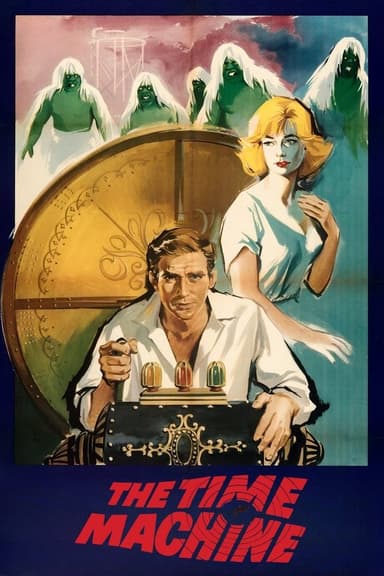
Where Eagles Dare
1968 • Action, Adventure, War • PG
World War II is raging, and an American general has been captured and is being held hostage in the Schloss Adler, a Bavarian castle that's nearly impossible to breach. It's up to a group of skilled Allied soldiers to liberate the general before it's too late.
Runtime: 2h 35m
Why you should read the novel
Reading Alistair MacLean's novel Where Eagles Dare invites you into a labyrinthine world of espionage that offers much greater depth than the film. The book delves into the complex motivations and psychological nuances of each character, giving readers a richer understanding of their actions and choices throughout the perilous mission. Through MacLean's immersive style and gripping pacing, you'll experience tension and suspense in every chapter—something often lost during the condensed runtime of a movie.
The source novel provides layers of intrigue and misdirection that are difficult to capture on the screen. MacLean crafts a detailed narrative filled with clever plot twists, intricate plans, and unexpected betrayals that will keep you guessing until the final page. These literary elements make for a more intellectually rewarding experience, challenging readers to question every character's loyalty and motives.
Moreover, MacLean's descriptive prose transports you directly to the icy castle fortress, making you feel the cold, claustrophobic atmosphere and the constant threat lurking around every corner. For lovers of thrilling suspense and richly painted settings, the novel Where Eagles Dare offers a much more compelling and rewarding adventure than its cinematic counterpart.
Adaptation differences
One of the main differences between the adaptation and the book is the focus on character development. In the novel, Alistair MacLean provides significant background and internal thought processes for the primary characters, especially Major Smith and Lieutenant Schaffer. The film, on the other hand, condenses much of this, portraying the characters more as archetypes, which removes much of the emotional and psychological nuance found in the book.
The movie adaptation places a greater emphasis on explosive action sequences and visual set pieces. While the novel contains plenty of suspense and danger, much of the tension comes from intricate plans, strategic deception, and psychological chess games between the protagonists and antagonists. The film, perhaps to appeal to a broader audience, amplifies gunfights, explosions, and physical confrontations, occasionally at the expense of the subtler moments of intrigue and deduction detailed by MacLean.
Another significant difference is the treatment of the female characters. In the book, Mary Ellison is given more agency and is portrayed as a competent and integral member of the team. The film, while not dismissing her importance, tends to relegate her to a more traditional supporting role. This shift changes the story’s dynamic by moving away from the ensemble approach of the novel toward more of a male-centered action focus in the movie.
Finally, the structure and pacing of the story are altered in the adaptation. The novel unfolds several plot twists with careful foreshadowing and deliberate revelations, building a continuous sense of suspense. The movie streamlines and, at times, rearranges the order of events for cinematic effect, which can make some plot elements appear less intricate or surprising. As a result, the film feels brisker and more direct, but the novel’s unfolding mystery offers greater satisfaction for readers who appreciate detailed plotting and complex narrative layers.
Where Eagles Dare inspired from
Where Eagles Dare
by Alistair MacLean



